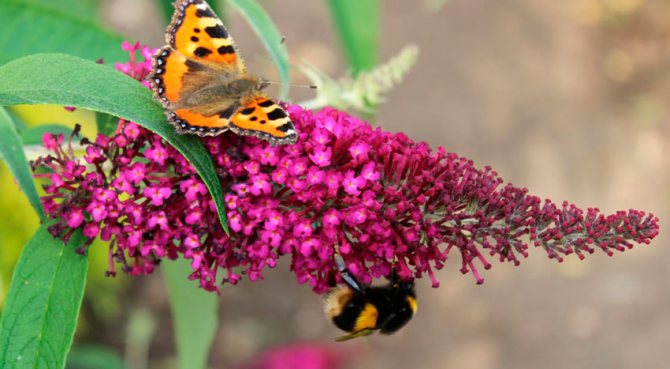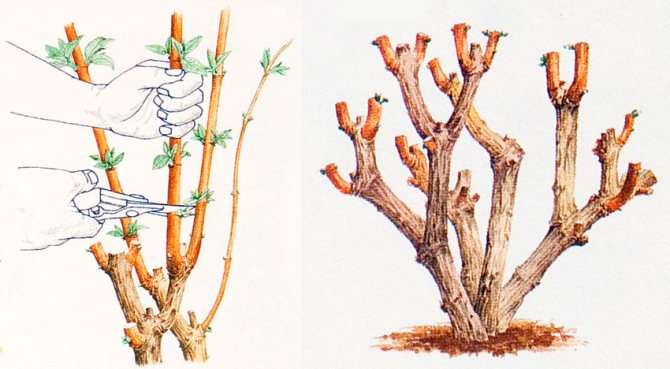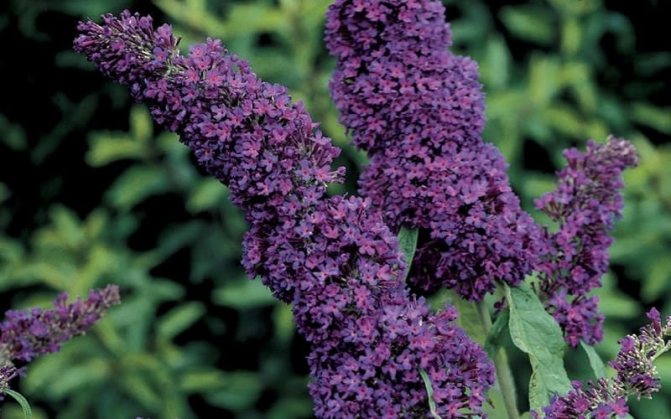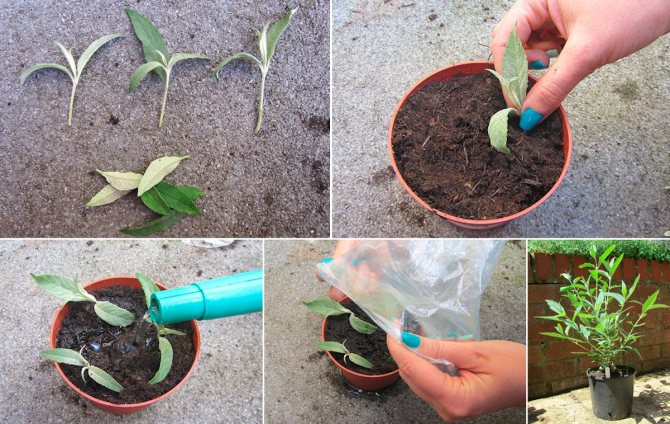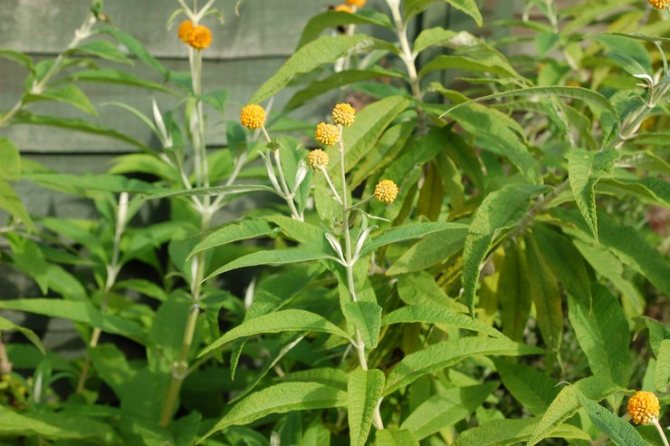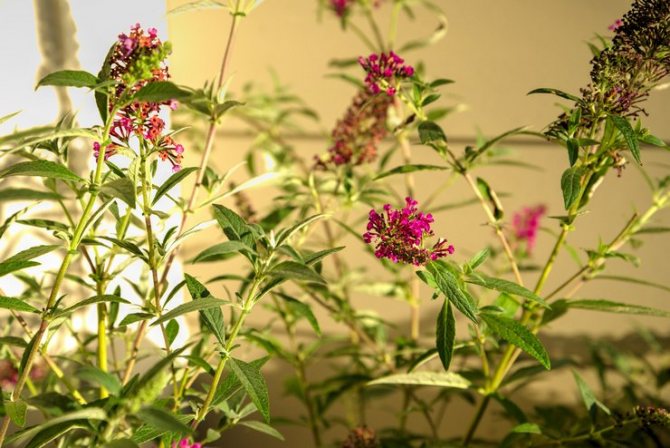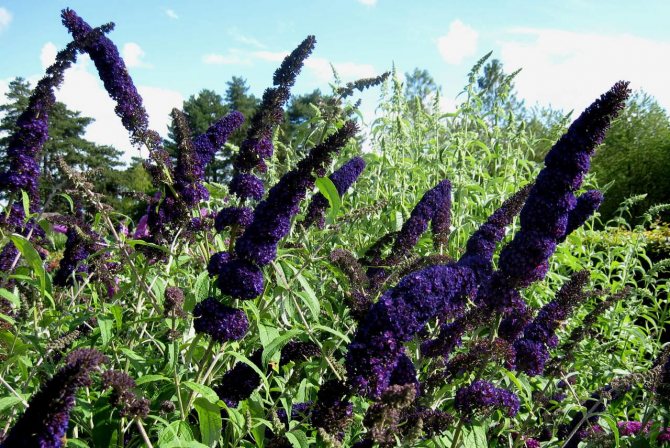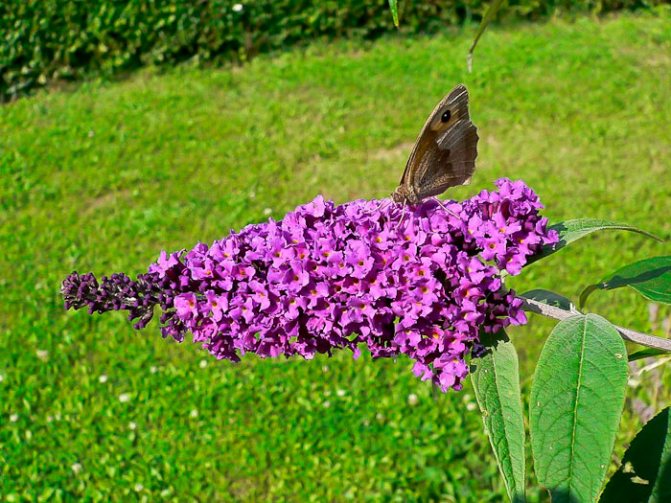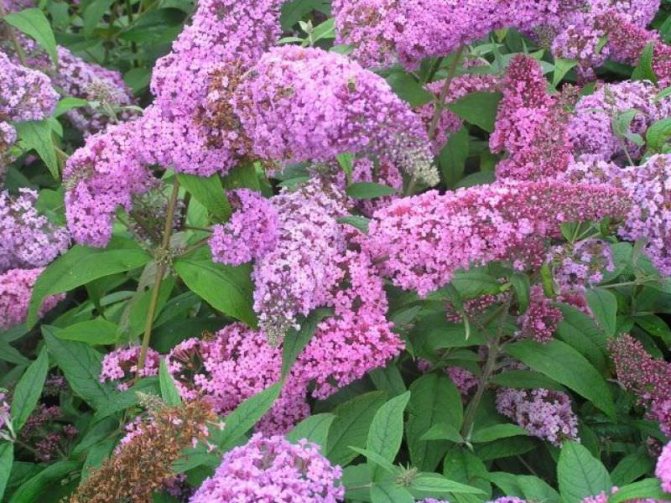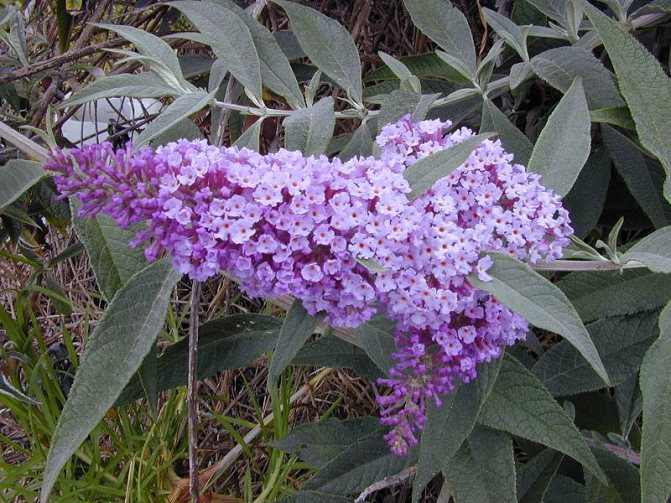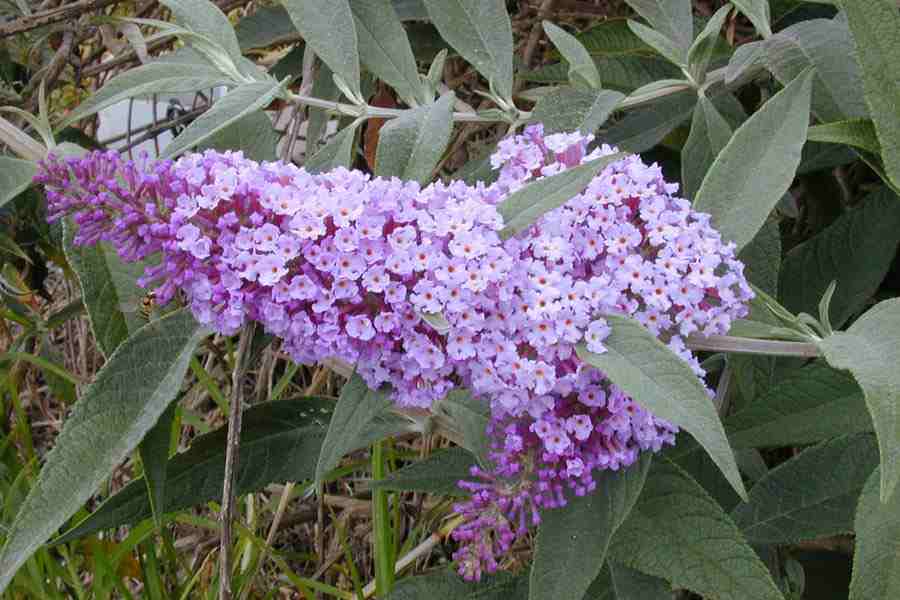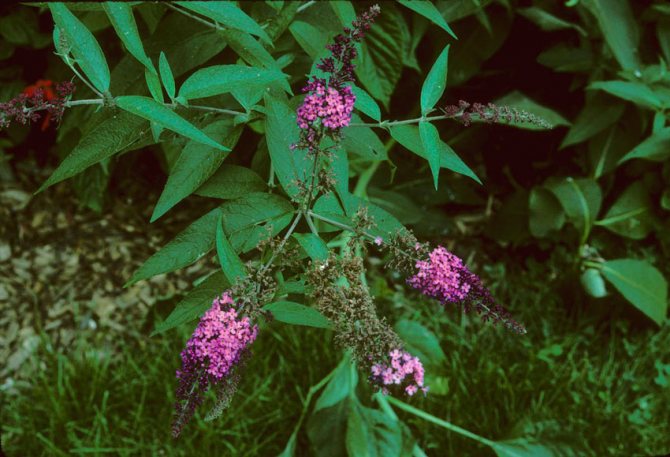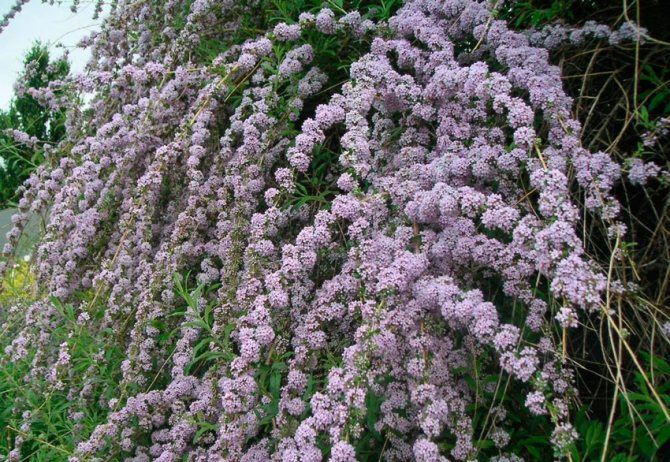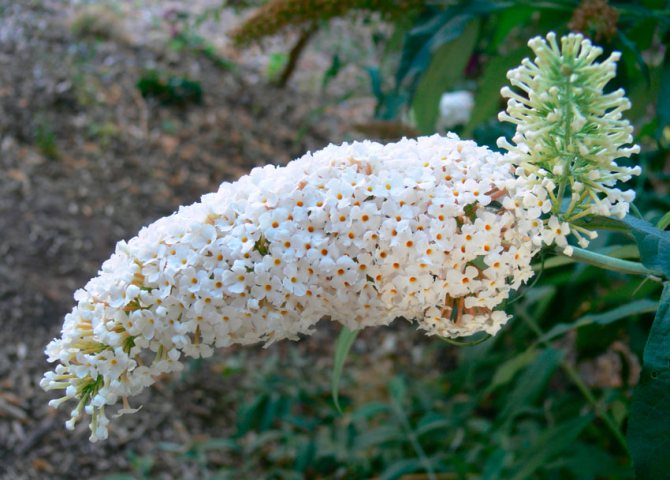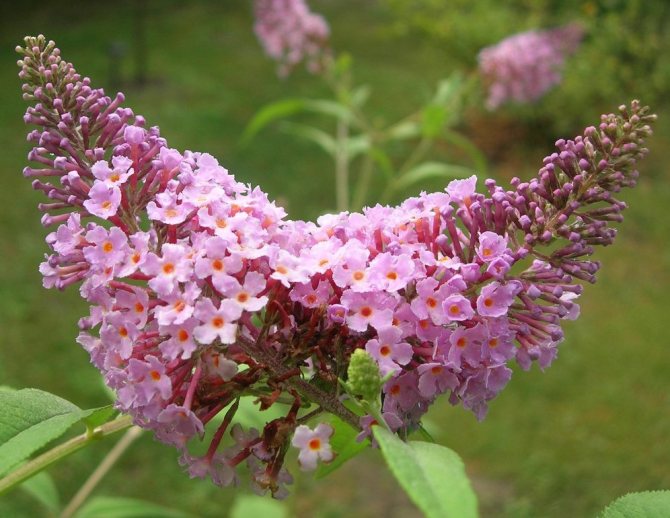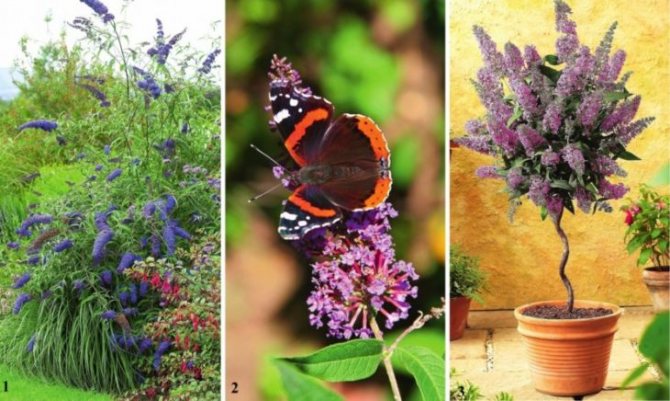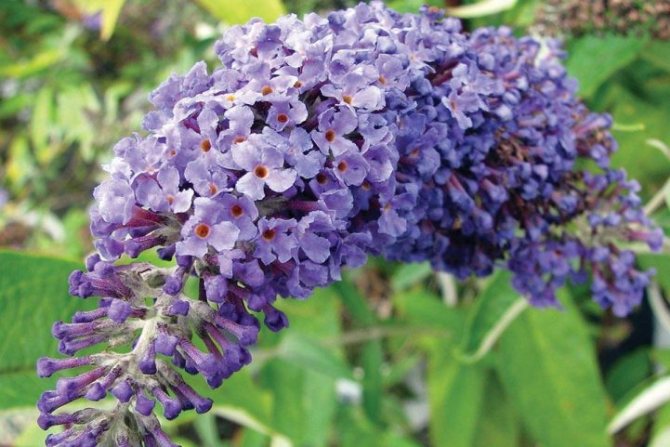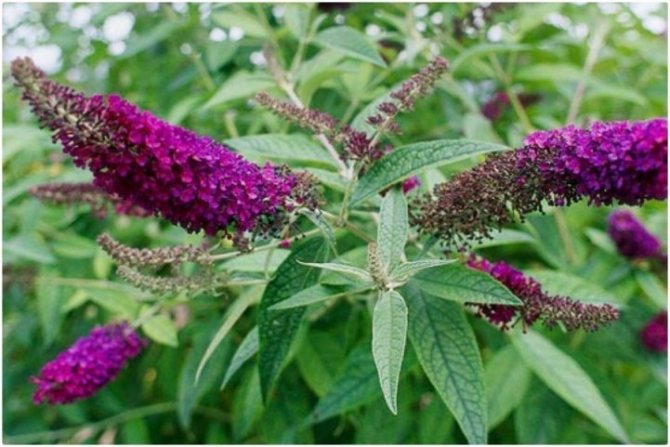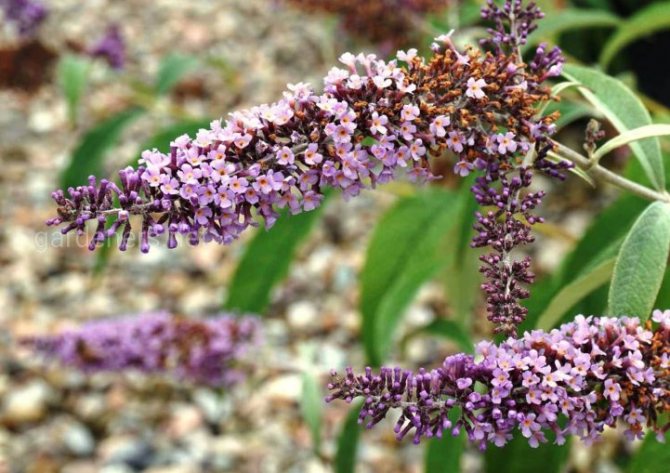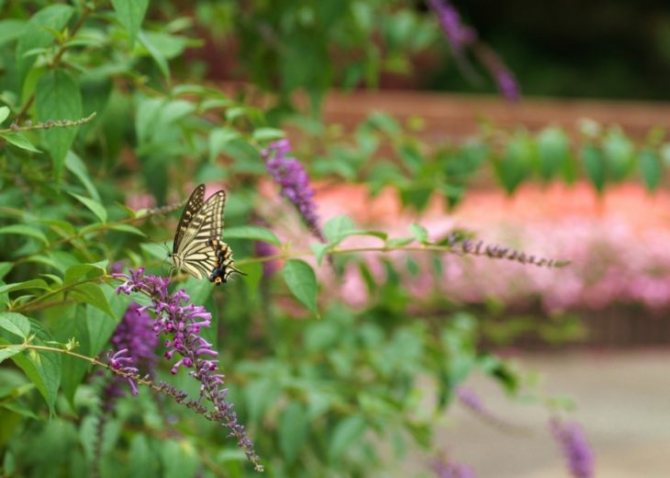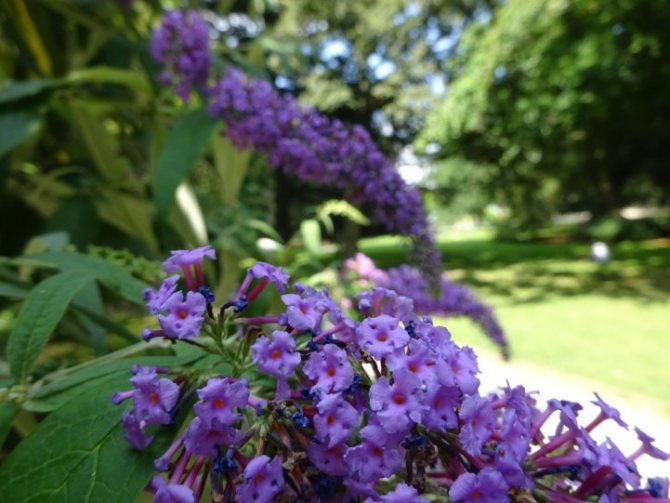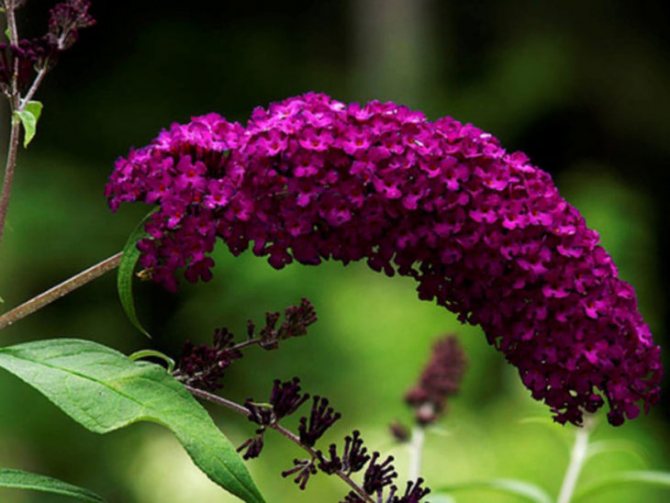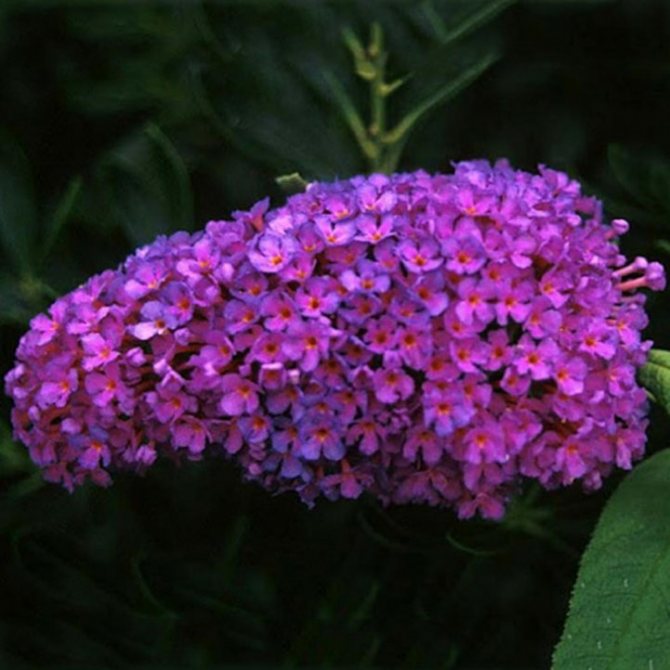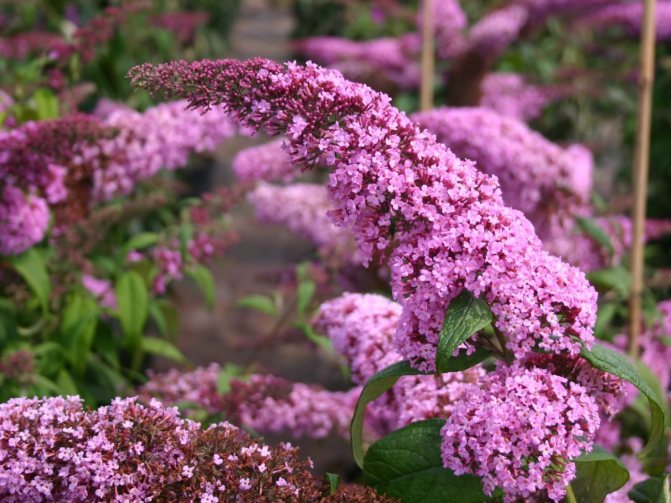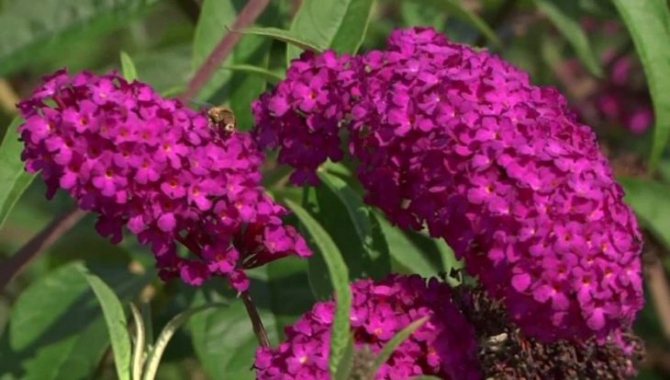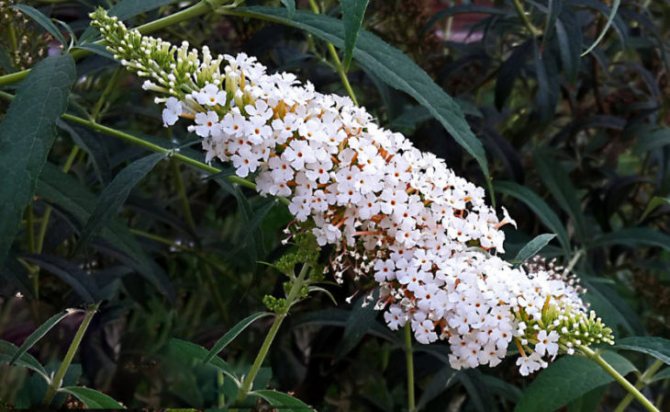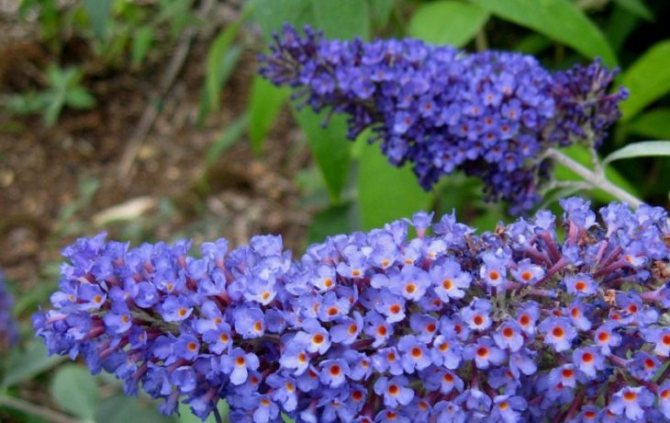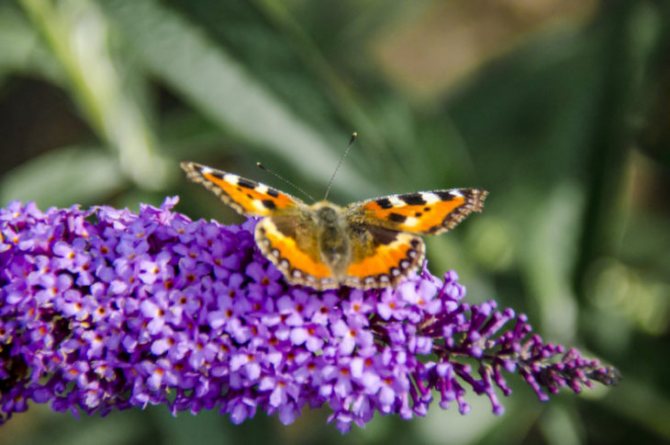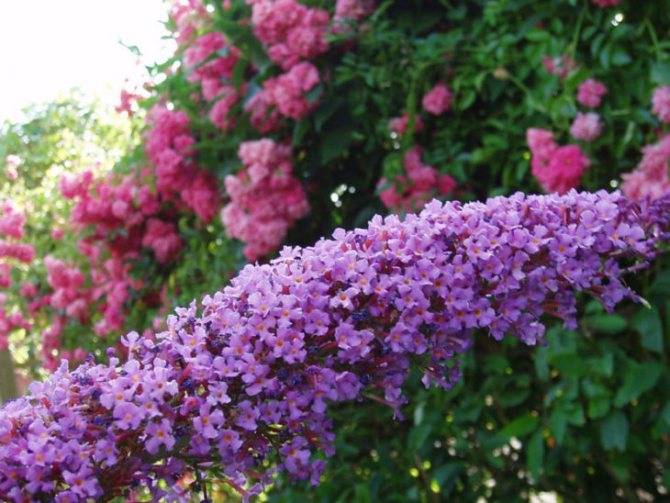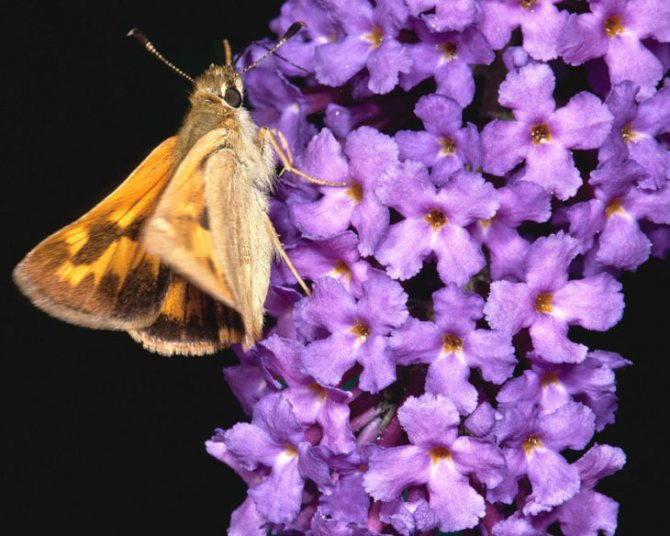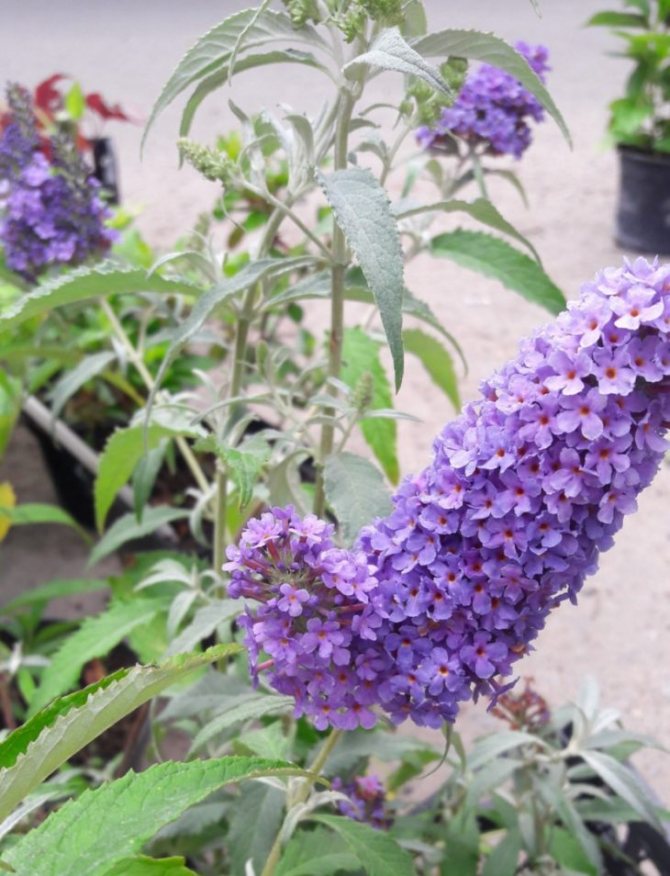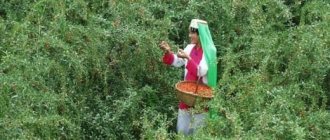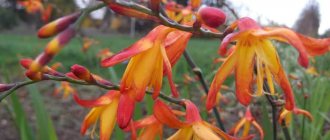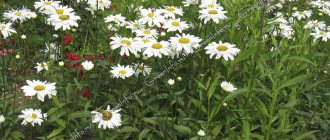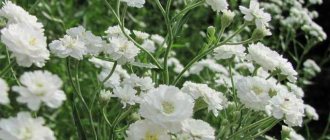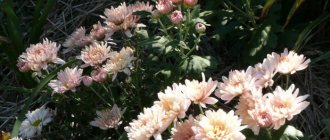The Buddleja shrub is also called the buddleya, it is directly related to the norichnik family. Under natural conditions, it can be found in temperate as well as warm regions of Asia, South Africa and America. This shrub was named after the Englishman A. Buddle, who was a botanist of the late 17th and early 18th centuries. In his homeland, this plant was called orange-eyed. Budleia is also called "moth tree" or "butterfly magnet". And all because the flowers of such a shrub have a strong honey smell, due to which large, very spectacular butterflies flock to pollinate them. During flowering, the branches of this plant are very similar to lilacs, in this regard, it is also called "autumn lilac".
Decorative features of buddleya
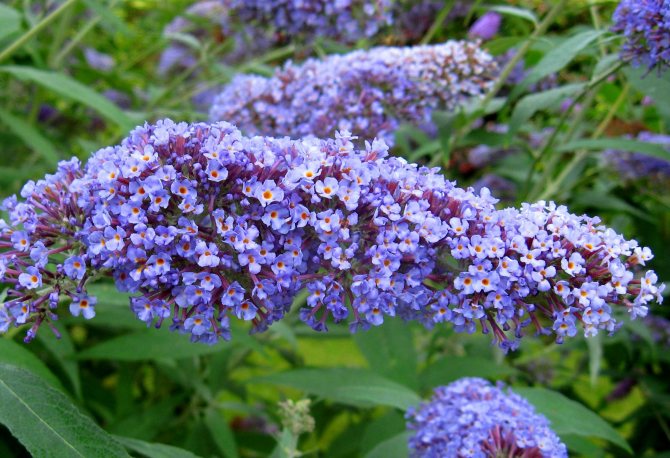
The shrub feels good in the southern regions of the country, and in its historical homeland it is very widespread. The plant develops rapidly, and its seeds fill the entire available territory. Breeders have developed several hybrid varieties that do not “capture” the territory so quickly, which allows for effective control of buddleia reproduction.
The main variety is recognized as David's buddley - a semi-evergreen perennial, the height of which can reach several meters. The crown of the shrub is vaulted, and the structure of the leaves is velvety. Depending on the type, the shade and shape of the leaf plate is different, the length is also different and is in the range of 7-12 cm. The color of the foliage can be from light silver to rich dark green. The color of the inflorescence also determines the varietal affiliation, there are such:
- deep purple;
- pink;
- pale yellow;
- blue;
- scarlet;
- lilac;
- white.
Budlea - what is this plant?
Boudley, if we talk about wildlife, grows in China, choosing places near mountains and rivers. Externally, the plant is a deciduous and lush flowering shrub that, with proper care, can reach a height of about two meters. The branches of the shrub are thin and flexible, ending in colorful inflorescences. Wild shrubs have dark purple inflorescences with a bright orange center.
In varietal shrubs, inflorescences have raspberry, lilac, lavender, white and red shades. The middle of the inflorescence is most often orange. The shrub leaves, pointed at the end, reach a length of up to 25 cm. If you want budlea to grow in your garden - how to care for it, here's what you need to know. And we will tell you everything that can be useful to novice gardeners about this.
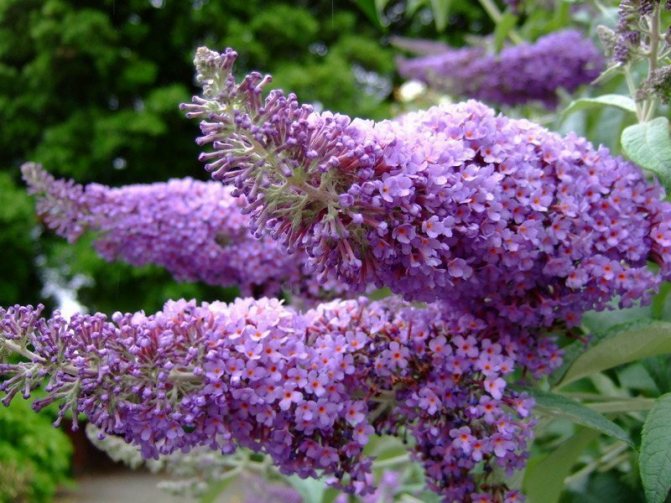

Types and varieties
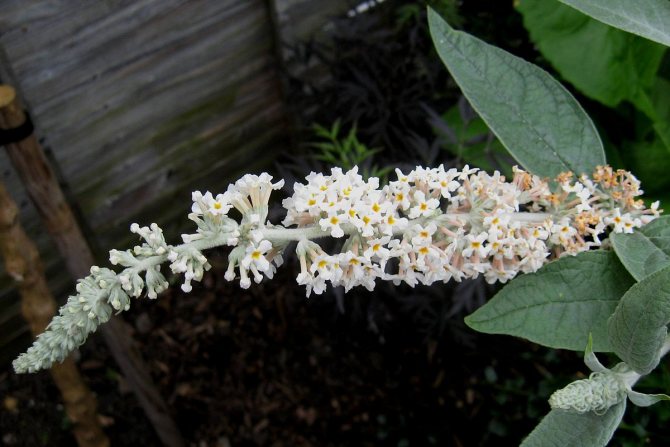

Plant height is 1.5-3 m. The vast majority of plants have lanceolate foliage. In American varieties, the inflorescences are spherical, and in the Asian ones they are panicle-shaped. Small tubular flowers are divided into 4 lobes, like a lilac. The intensity of their color is different and depends on the variety. Fruits are elongated bolls with seeds inside. The most popular buddleya varieties are:
- Narrow-spiked - grows in nature in the west of China, reaches 3 m. Inflorescences are narrow, lilac or purple in color of varying saturation. The flowers are honey-bearing and fragrant. A frost-resistant species that can survive temperatures as low as -20˚ C, but can die due to sudden changes in temperature. Flowering from the last decade of July to September.
- Snowy - Japan is homeland, lush bloom. Inflorescences are slightly lowered, appear in June-July. The plant is unpretentious, but does not tolerate frost and therefore it is grown only in the southern regions.
- David is a species native to northern China. Inflorescences reach 30 cm in length, a common frost-resistant variety that can be grown in the Caucasus, the Urals, in the Krasnodar Territory and Primorye. Lilac inflorescences are similar in aroma to a linden tree. Flowering begins in the second half of August and ends in early October.
- White-flowered is a flowering deciduous shrub up to 6 m high. The plant is resistant to droughts, and the inflorescences are not inferior in length to David's budleia. During the flowering period, the branches are slightly lowered, the flowers bloom in the first decade of July, wither at the end of August. Frost-resistant variety.
- Spherical - rich orange inflorescences. The shrub does not tolerate frost, therefore it grows only in the southern regions. Rounded inflorescences, plant height up to 2 m.
Pests and diseases
One of the main advantages of budley is the fact that this shrub is actually not susceptible to any diseases, and is also not of particular interest to insect pests. In rare cases, the following ailments may manifest:
- Spider mite infestation.
- The emergence of various types of white rot.
- Whitefly lesion.
The method of dealing with these lesions and their consequences always comes down to carrying out two measures:
- Spraying foliage, stems and flowers with fungicides.
- Watering and feeding the roots of the budlea with a composition of a similar type.
Planting buddleys and caring for the garden
Climatic conditions have practically no effect on the development of the buddleya. Summer lilac, in addition to varieties that do not tolerate cold, blooms beautifully both in the southern and northern regions. The best time to plant buddleys is November or March. The soil prefers acidic or neutral (pH 6.0 ... 7.0), but on other soil the plant develops no worse.
Attention!
The shrub actually does not need to be fed, the main thing for its successful development is sufficient illumination and low soil moisture. The plant easily tolerates dry periods, but dies due to overflows.
Summer lilacs need space, as many species grow 2-3 m in width and height. When buddleya is planted with seedlings, they make sure that the root collar is buried at the same level as in the container. The place is chosen so that the shrub is in the sun either in the morning or after lunch. A distance of 3 m should be maintained between individual specimens. After planting, the seedlings are watered, but in moderation, the soil should not turn into mud.
Breeders have created dwarf varieties that are often used in landscape design. They can be grown in tubs and outwardly they resemble small trees, which have a beautifully flowering crown. The flowering period is as long as that of varieties grown outdoors. When planting, choose a fairly spacious and large pot. Drainage is done well so that the soil is not constantly wet. The root collar is deepened to ground level. Water regularly, but do not overflow. There are no peculiarities of growing buddlea in the open field, the main rules of care are as follows:
- the plant is fed before winter;
- inflorescences are cut before seed formation;
- pruned regularly to maintain the shape of the shrub;
- watered regularly, but not with great frequency;
- caterpillars attack the plant when a lot of them are treated with special means;
- buddleya is not transplanted, in a new place the plant does not take root well;
- control the number of root shoots, with a large number cut them off;
- root seedlings are not dug out - this will damage the roots of the main bush.
The shrub is adaptable, hardy, little susceptible to diseases and pests.But, in the case of sandy soils, it will be susceptible to nematodes, and in swampy soil it suffers from root rot. During periods of drought, the bush attacks the cobweb, and mold develops in constant dampness. To prevent root rot, sand, sawdust and vermiculite are added to the soil. During dry periods, mulch is used to retain moisture after watering.
Landing budley


What time to plant
The buddleya should be planted only after the threat of frost has passed. An area suitable for planting should be well lit and protected from strong gusts of wind, as well as from drafts. The soil should be neutral, well-drained, moisturized, rich in nutrients.
How to plant a budley
When planting, it should be borne in mind that the buddlea bushes grow strongly, so a decent distance must be left between them, otherwise they will be very cramped. The landing hole should have a size of 40x40 centimeters. The depth of the hole should be equal to the size of the root system plus 20 centimeters. A drainage layer should be made at the bottom of the hole, and fertilizer should also be added. The height of the drainage layer should be between 10 and 15 centimeters. To create it, you should use the material of the coarse fraction. A handful of garden soil is poured on top of this layer, which should be mixed with the same amount of compost and mineral fertilizer. Then you need to put a seedling on this mound and straighten its roots. Pour the required amount of soil into the hole, after which it must be compacted. Then the plant is watered, and the surface of the soil is covered with a layer of mulch (compost). Please note that when planting, the root collar is flush with the ground surface.
Pruning
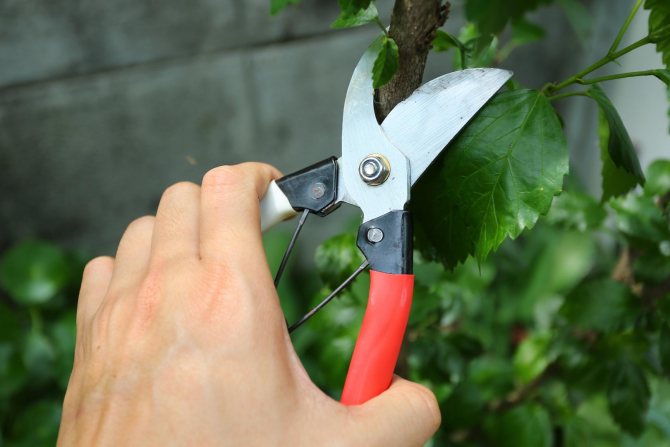

Caring for autumn lilac bushes does not mean constantly grooming the bush with pruning shears. But, pruning in early spring is only beneficial - so the shrub retains its compact shape and flowering density. Before performing the procedure, be sure to treat the pruner and hacksaw with disinfectants and sharpen them. Pruning is carried out in compliance with the following rules:
- It is possible to shorten the branches of the plant only after the end of frost - usually this is the beginning of March.
- The first in the queue for removal are sick, frost-damaged, dead and weakened shoots.
- It is better to cut healthy stems of bushes under one level, to maintain their shape - the normal length is 60 cm.
Budleia varieties that bloom in the summer season are cut short - old faded shoots are removed completely. It is not recommended to use the classic form of pruning shears - there is a tool for pruning and shaping bushes with telescopic handles. When using such scissors, there is less risk of damaging those branches that need to be left intact to maintain their decorative appearance.
Reference!
Shrub variety "Colivillei" - evergreen can bloom on branches left over from last year. Such a buddleya is not completely cut off - the branches on which the inflorescences were can be slightly shortened. In April, the longest branches are partially trimmed so that the shrub does not lose its attractiveness due to the height.
Preparing for the cold
Since budlea is not a frost-resistant plant and does not tolerate a strong drop in temperature, its preparation for the winter cold is a special point in the care process.
In order for the shrub to safely endure the next winter, it is necessary to carry out the following measures:
- Warming of the root system.
- If the local climatic conditions are extremely harsh, then the entire bush must be insulated. To do this, it will need to be cut so that only stems with a height of no more than 15-20 cm remain above the ground, which will allow simultaneously insulating both the outer part of the budlea and its roots.
- From above, the shrub is covered with a box or frame made of wood, after which roofing material is laid to keep the heat inside.
- It is imperative to provide access to fresh air inside, otherwise the budlea will have time to resist during the winter.
Propagation of buddley cuttings
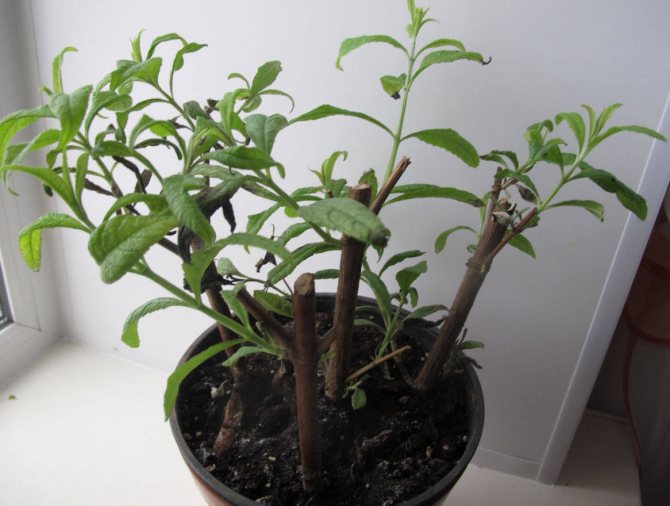

Growing a shrub from seed is possible, but this time-consuming process is less preferable. The main breeding method for buddleia is cuttings. The main advantage of this option is the complete preservation of the varietal characteristics of the mother plant. When a shrub is propagated in this way, it is necessary to prepare the material in a timely manner and plant it in the ground. Basic rules of procedure:
- For harvesting shrub cuttings, young shoots are chosen in the spring. Their length should be from 15 cm to 20 cm. Also a mandatory item is the presence of at least 3-4 buds on each cutting.
- Planting the harvested buddley shoot in the ground - the embedding depth is no more than 2-3 cm. The rooting time is about 2 months - during this period, the cuttings should be tightly covered. New shoots indicate normal development of the root system.
- For the remaining period before the cold snap, new branches can stretch 60 cm. In winter, a young buddlei shrub, separated by cuttings, must be insulated.
You need to cover new plants tightly, in compliance with all the rules, as for an adult bush. Each gardener has his own method of reproduction of buddleya - only general norms and rules are preserved. Some agronomists recommend that before planting cuttings in the ground, treat them with compounds that stimulate the development of the root system, for example, root. The process of growing a plant from seeds is not much different from other crops, but otherwise the care standards are the same as for seedlings.
Growing budley from seeds
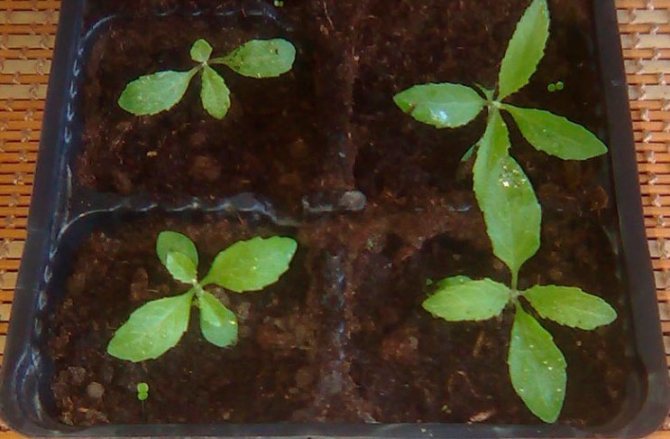

In middle latitudes, budley seeds on a bush most often do not ripen, but you can resort to such tricks as stratification or sowing on a snow layer. Experts advise purchasing the seeds of this plant in a specialized store, and it is best to choose foreign producers. The seeds of buddleya are very small, in order to make it easier to sow, it is recommended to combine them with sand. Fill wide bowls with neutral soil. There should be drainage holes at the bottom of the container, also make sure to make a good drainage layer. Sow the seeds onto the surface of the substrate and press down lightly (do not burrow). Water the crops with a spray bottle and cover the container with glass or foil. The dish must be removed to a warm place with an air temperature of 22 to 25 degrees, it must be well lit and protected from direct sunlight. Sowing should be done at the beginning of the spring period. The first seedlings will appear after 7-14 days. The plant must be systematically ventilated and watered. In order to avoid the development of the "black leg", it is necessary from time to time for watering to use a solution of manganese potassium pinkish color.
Budley seedlings
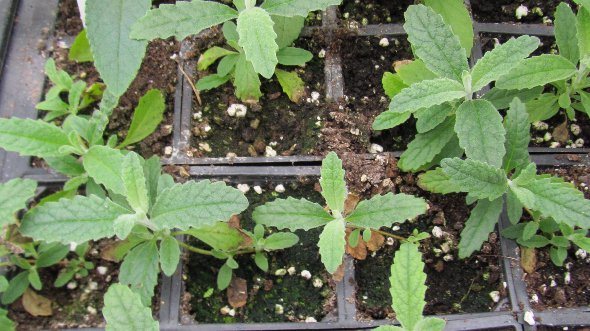

After the young plants grow up, the shelter can be removed. After the appearance of 2-3 pairs of real leaves, the budley should be transplanted into individual containers, and it is better if these are peat pots. After that, the seedlings need to be hardened in the fresh air, for this you should open the window for a short time, but there should be no draft.
How to prepare a buddlea bush for winter
Young buddley bushes, in preparation for winter in the northern regions of Russia, are recommended to be dug from the site and transferred wrapped to a basement or other cool room. When it gets warmer, the ornamental bush can be planted back into open ground. On the street, it is permissible to leave only plants aged 2-3 years. If the bush is left on the street for the winter, then one of the options for shelters will be equipped. The easiest way to save summer lilacs from frost is as follows:
- Unsuitable parts of the branches are cut off from the bush, but foliage should not be raked at the roots.
- Supports are installed above the plant - they should be 5-10 cm higher than the upper branches.
- Polyethylene or other dense covering material is pulled onto the frame, and its edges are buried with earth.
- At the onset of the first frost, a kind of greenhouse is additionally covered with fallen leaves or hay.
Attention!
An air cushion, which will be formed between the polyethylene and the shrub, will protect the plant from weathering and hypothermia. Free space between the branches and the shelter is needed so that they do not rot from excessive moisture during a thaw.
After flowering
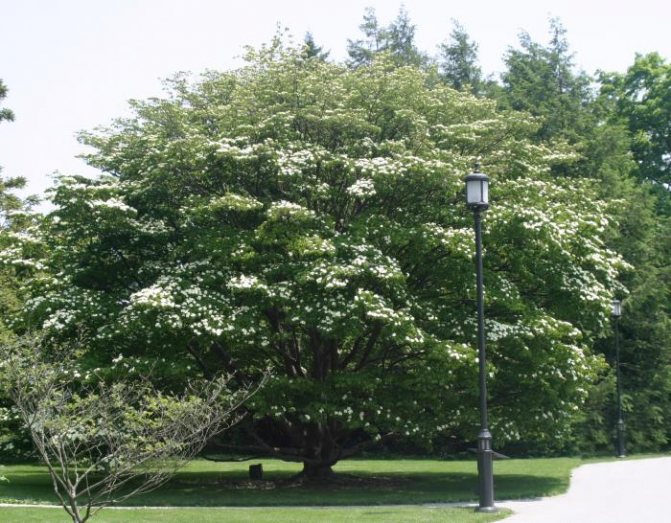

Seed collection
The seeds of this shrub must be harvested after they are fully ripe. As a rule, this time falls on September or October. However, those seeds that you collect yourself will need to be prepared for a long time before sowing, but this does not guarantee that they will sprout well. Because of this, experienced gardeners recommend buying buddlea seeds rather than harvesting them.
Wintering
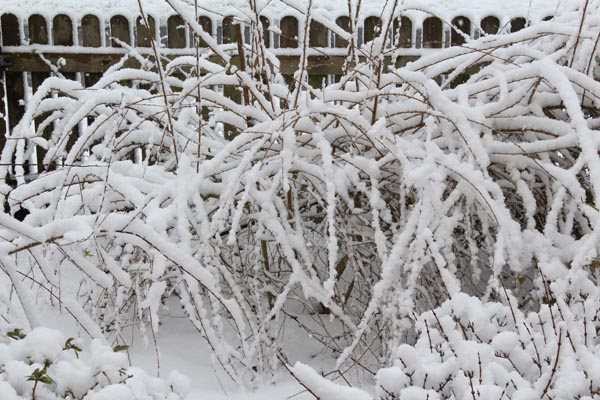

After the leaf plates on the shrub begin to turn black, it will be necessary to huddle the bushes with dry soil to a great height (at least up to the height of the third bud on the stems). Then it will be necessary to cut off the branches, while it is necessary that only 20 centimeters rise above the mound. Then the bush needs to be covered with spruce branches, and a box made of wood should be installed on top of it. Lay roofing material on top of it and securely fix it with stones and bricks, so that the wind cannot destroy the resulting structure. Remember that film or sawdust cannot be used as a shelter, since, being under them, the plant may begin to rot. As for the box, its size should be as large as possible. The fact is that in this case, the plant will be provided with a large amount of air that it needs.
Buddley in landscape design
Even young buddlea bushes begin to bloom in the first year after planting. This plant is completely covered with buds and can delight from July to October. Such duration of flowering in many ways attracts landscape designers to planting shrubs - there are many photographs of its successful use in garden compositions. Ornamental tree-shaped varieties are often grown in the corners of the site, and dwarf varieties are often planted in tubs and displayed on the veranda and in the winter garden.
Summer lilac bushes are easy to form - you can grow a tall hedge or frame paths. If this plant is planted in the center of a composition with varieties of other flowers, then with the right combination, the effect of a "waterfall" can be created. When looking at such design options, one gets the impression of flowers flowing down from the bush.
The spreading shrub looks good with a combination of varieties of different colors, while it does a good job of covering the part of the garden allocated by such a hedge from dust, noise and prying eyes. When planting a group of summer lilacs, in order to form a solid wall, taking into account the peculiarity of growing rapidly, it is necessary to leave a space of about 2.5 m between the seedlings.In such situations, branches of different types are intertwined, which, when flowering, gives the effect of flowing one shade into the neighboring one. You can choose the best landscape design using this flowering shrub from the photo with examples and names, or by looking at the description of each variety.
When using buddley bush in landscape design, you can make compositions of unusual beauty. There are different varieties of this plant, which differ in color and flower shape. The biggest problem with summer lilacs is the need to contain the proliferation and self-seeding of most species - the simplest solution is to choose minimally invasive varieties.
Care
Plant care is not difficult. Watering and loosening of the soil should be carried out.But to improve the appearance and flowering, Budley should be fed, pruned and watered regularly.
Watering
The plant perfectly tolerates hot weather. Therefore, it is worth watering it only in dry times. A good time of day for watering is early morning or evening.
Watering is carried out around the shrub, avoiding falling on the flowers. Such watering helps to absorb moisture into the roots of Budleia, which are spread horizontally. Water for irrigation is used at room temperature.
Top dressing
Fertilize the plant twice a year. First, spring fertilization helps to restore your strength after winter.
Second, it is individual for each species. This fertilizer is applied before flowering.
Fertilizers and supplements for feeding are best purchased at the store. They have a full composition of all nutrients necessary for this species. Organic fertilizers are also used additionally.
Pruning
Pruning serves not only to give lush forms to the shrub, but also for a beautiful and long flowering. In March, pruning begins, inflorescences are removed, which begin to fade and brittle shoots. When the shrub is three years old, it is cut off completely. High varieties are cut 90 centimeters from the soil, and low ones by 30 centimeters.
Good Budley Care - What to Remember?
There are several important nuances to consider when growing a budlea in your garden. Therefore, you definitely need to remember about a number of rules:
- Accommodation. Budleya is a light-loving plant, and therefore you need to choose bright places on the site for planting, protected from drafts.
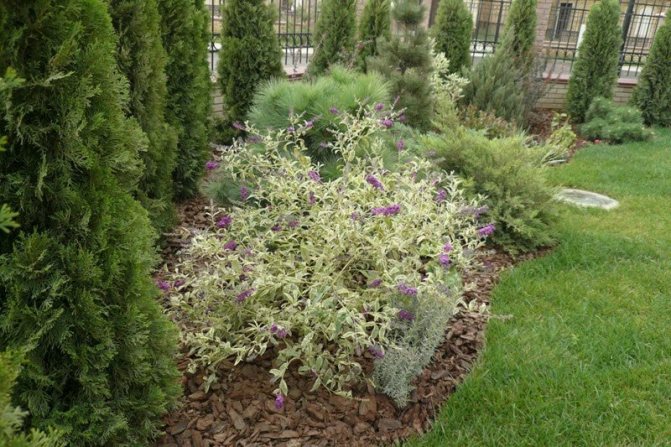

- The soil. This shrub grows very quickly, and therefore the soil for it must be nutritious, moist, characterized by neutral acidity. It must be remembered that there should not be waterlogged soil, because this will lead to the death of the plant.
- Disembarkation. The distance between the bushes should be at least 2 meters, as the bushes grow very strongly.
- Top dressing and watering. Budleia is drought-resistant plants, while the shrub is very responsive to watering in the dry season and responds well to the use of mineral fertilizers. Thanks to top dressing, you can increase the number and improve the quality of inflorescences. The first time it is preferable to feed the plant in the spring (it is better to use fertilizers with a high nitrogen content), the second time, phosphorus-potassium fertilizers are used before flowering.
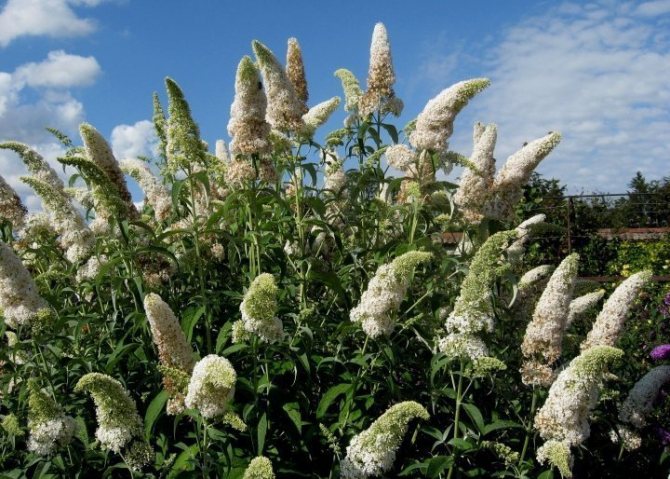

- Pruning. It is imperative to remove rusty shoots - this will improve the appearance of the shrub. If you planted the budley as a green hedge, then pruning will help shape the crown beautifully.
What else do you need to know about Buddha?
Consider more a few things to know about the bush:
- Only the southern regions of Russia have the most optimal conditions for seed ripening.
- If buddleya is propagated with the help of seeds, then it is necessary to be prepared for the fact that changes in varietal properties may occur. With vegetative propagation, this risk is absent.
- If pruning was carried out in the fall, then the cuttings can be saved until spring. It is necessary to store them in a cool room.
- The best time for buddley grafting is early spring and the formation of new buds.
- David Buddley can be grown in regular pots.
Planting a buddleya will not be difficult, even if a beginner took up this business. This shrub will decorate your garden area.
Key characteristics of budles
David Buddley is best planted on the sunny side of the site, so it will grow faster. And even 20-degree frosts are not terrible for this flower, provided they are securely sheltered. Buddleya is a shrub with a large number of inflorescences, which smell very nice, exuding a honey aroma. This flower has many other names, for example:
- autumn lilac;
- honey bush;
- magnet for butterflies.
In the wild, buddleys grow in many regions of the world:
- in the Caucasus;
- in South Africa;
- China, etc.
However, now this flower has already been actively mastered by gardeners, breeding work was carried out, new varieties and species appeared, flowering times have become longer. In total, over the past 100 years, 150 species of budley have been bred, these are both cultural and hybrid varieties.
Where to plant buddley
The place where the shrub will grow, you need to choose a well-lit, but sheltered from the wind. It is better if there are no other bushes nearby. Well moisten and drain the ground before planting a bush.
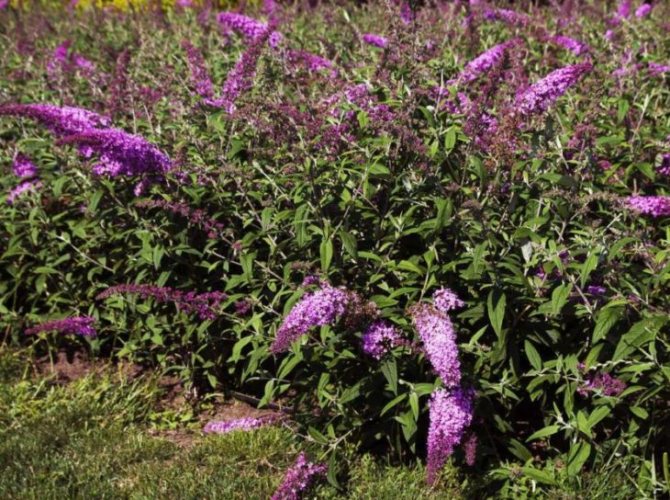

Before planting buddley, add compost and mineral fertilizers to a hole 40 * 40 cm - they will help the root system of the plant to grow stronger and develop - it is weak in the bush.
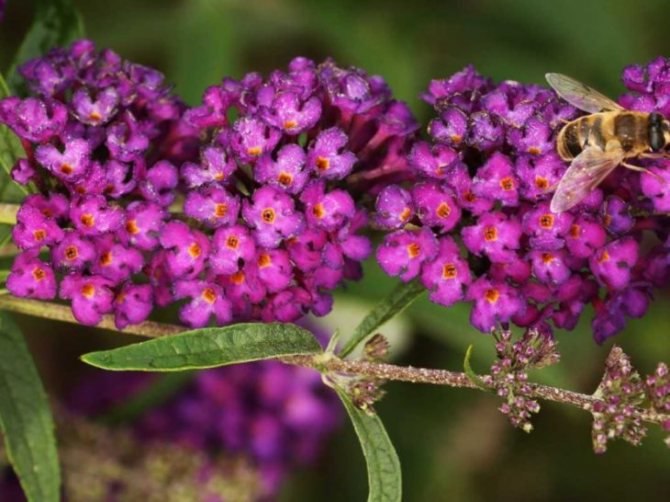

The heat-loving buddleya needs additional feeding and regular watering, and for the winter it needs to be insulated.
Buddleya Pink Delight
This shrub is very tall, erect and spike-shaped inflorescences, have a pink tint. The aroma is honeyed and thick. The crown after winter is replaced by new shoots and during the season it gives an increase of three meters. Loves light and drained calcareous soils. Can be grown with low shrubs and herbaceous perennials.
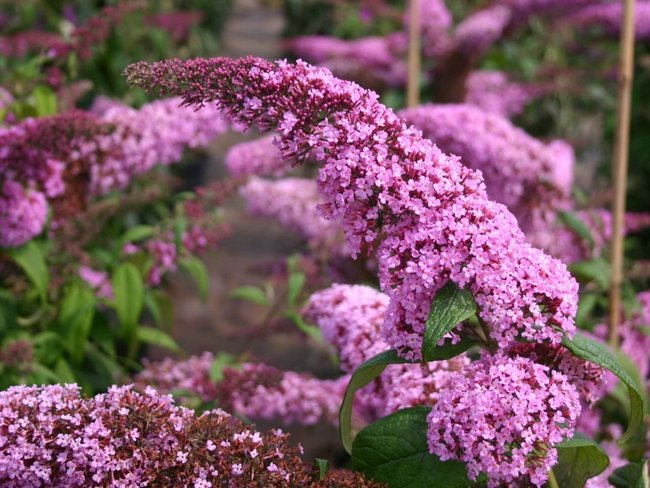

1. Seven Secrets of Success:
| 1. Growing temperature: summer - 18 - 24 ° С, in winter a cool period of rest at a temperature of 10 - 13 ° С. |
| 2. Lighting: A well-lit location with a lot of reflected sunlight is ideal for buddleys. |
| 3. Watering and humidity: irrigate with warm water during spring and summer in such a way as to dry out a layer of soil 2 - 3 cm thick between them. Reduce watering in autumn and protect the soil from complete drying out in winter. Increase the humidity during the hot summer months or when the heating is on during the winter months. |
| 4. Pruning: shaping haircut and sanitary regular pruning with a sharp sterile instrument. Mature plants can also be rejuvenated with a haircut. |
| 5. Priming: tolerates a wide range of soil conditions as long as there is good drainage. |
| 6. Top dressing: every 2 weeks with liquid mineral or organic fertilizers in half the concentration in the warm season. In the fall, fertilizing is reduced and in winter the plants are immersed in a dormant period, refusing to fertilize the flower. |
| 7. Reproduction: sowing seeds in autumn or spring, after cool stratification, cuttings in the warm season, root shoots. |
Botanical name: Buddleja, Nicodemia.
Buddley flower - family... Buddley's.
Where grows... Madagascar.
Description. Ornamental buddleya or nicodemia is a very effective evergreen for large sunny rooms or greenhouses. Strongly growing erect specimens of this shrub can reach a height of 1.8 - 3 m or more.
Lanceolate dark green leaves 13 cm long. Covered with white soft felt on the underside.
From late autumn to spring, small, bright, blue, white or purple appear flowerscollected in slender pyramidal inflorescences, reminiscent of lilacs, fill the air with a light fruity aroma that attracts butterflies. Very unpretentious and easy to grow plant.
Height... Before 3m... Buddleya develops relatively quickly and its branches in one year are able to add from 60 cm to 2 m in height.
Content
- Listen to the article
- Description
- Growing budley from seeds Sowing
- Saplings
- When to plant
- How to grow
- How and when to collect seeds
- Buddleja davidii
Choice of place and conditions of detention
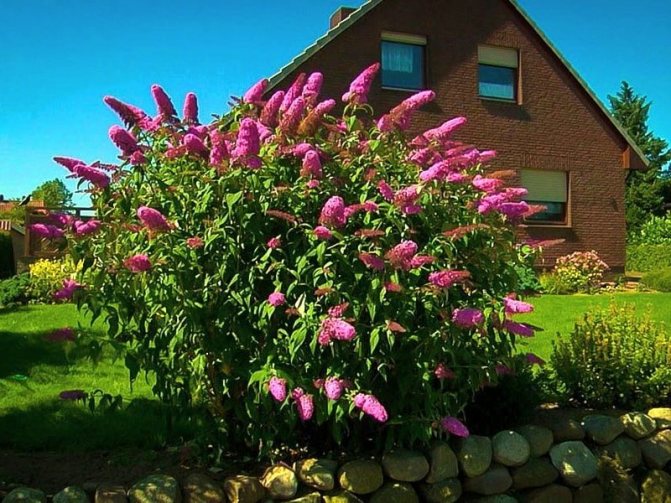

Budleya is more capricious than lilacs, and certain conditions of detention must be observed for its healthy growth.
Lighting and location
Budleya needs good lighting. She is not afraid of bright rays, so she can be planted in an area where there is sunshine, and no other plants can grow there. In the shade, the shrub develops poorly. But he himself will serve as shading for other, shade-loving and shade-tolerant plants.
Temperature
In summer, the optimum air temperature for Budleia is + 20 ... + 25 ° C. Some shrub varieties tolerate heat well up to +30 ° C and above.
In winter, most types of budleys can withstand frosts down to -20 ° C. However, Russian winters are more severe, so the plant needs shelter. Especially thermophilic varieties that can withstand frosts down to -10 ° C are best planted only in the south of the country.
Air and humidity
Budleia likes moderately humid air (50-70%). Approximately this level of humidity is maintained independently in summer. The shrub loves to be sprayed (late in the evening). But, like all heat-loving plants, it does not tolerate drafts. Therefore, it is better to plant it near the fence, which will protect the bush from being blown by the wind.
Priming
The soil for growing budleia should be loose and well-drained: the more it allows water and air to pass through, the more luxuriant and healthier the bush will be. The soil must also be fertile: a lot of nutrients are needed to form powerful shoots. Budleia prefers to grow in moist, neutral soils. She is not afraid of the close occurrence of groundwater.

